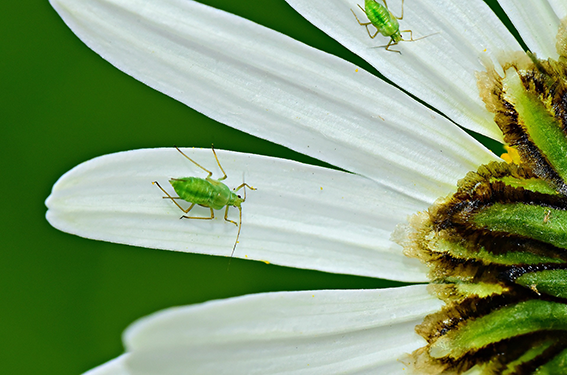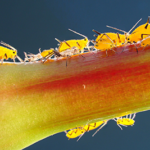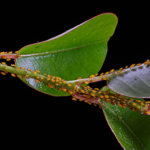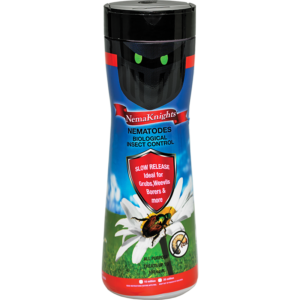Your cart is currently empty!
Damage
Iris borer is the most serious pest of the iris. The caterpillars chew holes into the leaves creating a water-soaked spot. The larvae tunnel down toward the rhizome and may completely hollow out one or more rhizomes. Affected rhizomes also are rotted by soft rot bacteria that colonize the caterpillar feeding areas and cause the rhizomes to become slimy, soft, and have a foul smell. The attacked plant will discolor, wilt, and die.







